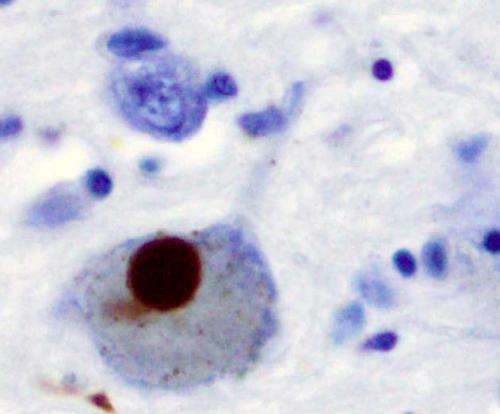Five-minute EEG recordings: A key to the symptoms of Parkinson’s disease


What causes the characteristic slowing of movement in patients with Parkinson’s disease? Electrical oscillations of nerve cells deep inside the brain and the cortex are pathologically coupled with each other. Researchers know this from recordings taken from the brains of Parkinson’s patients during surgery to fit a brain pacemaker.
But is it possible to detect this coupling if the electrical nerve activity is only derived from the patient’s scalp, by electroencephalogram (EEG)? Doctoral researcher Ruxue Gong investigated this with a team of scientists led by Professor Joseph Claßen, Director of the Department of Neurology at Leipzig University Hospital, and Professor Thomas Knösche from the MPI for Human Cognitive and Brain Sciences.
In the EEG measurements, which lasted just five minutes, the researchers really did find such couplings in Parkinson’s patients. Compared to healthy subjects, these couplings are enhanced in brain regions that serve to control movement. The breaking of coupling between oscillations at different locations could be particularly important for therapeutic approaches to address Parkinson’s symptoms. “Using external electrical or magnetic stimulation, we hope that in future it will be possible to correct the coupled electrical oscillations in Parkinson’s patients without the need for surgery,” said Claßen. “With our mathematical modeling, we want to find out what characteristics such novel therapies would need to ensure their success. These new findings may represent an important building block in this respect,” said Knösche.
Source: Read Full Article